Getting to know Blyth as it prepares to celebrate
Exploring a port town with aspirations
It’s truly a fascinating place, Blyth, and perhaps less celebrated than other Northumberland towns with their castles, abbeys and fortifications.
Moves are afoot to change that.
Blyth Celebrates, according to Councillor Wendy Pattison, cabinet member for culture, leisure and tourism at Northumberland County Council, is “a celebration of place, of people and of what happens when we invest in the wonderful community of Blyth”.
It’s a programme of cultural events running until March 2026 – and part of a wider, £90 million regeneration and job creation programme called Energising Blyth - but the launch weekend is August 23 and 24.
“An exciting moment for Blyth,” enthuses Coun. Pattison, hailing an action-packed weekend of live music, creative workshops, performances and storytelling, plus a People Powered Parade led by a pedal-driven replica of Stephenson’s Rocket.
The focus will be on Market Place, overlooked by the new Market Pavilion. Not just a building, insists the councillor, but “a symbol of regeneration and opportunity”.
Architects FaulknerBrowns contend its “double-gable form and red brick” make Market Pavilion welcoming and approachable while sliding glass doors invite people in and allow events to spill out.
But it’s early days after a ‘soft’ launch and while it is striking, it still looks a little awkward, like a new kid at school. It’s as if building and intended users are sizing each other up.
That was my impression when, enthused by Wendy Pattison and also by Cristina Armstrong, an experienced creative producer who joined the county council last January as project manager, I went for a wander round Blyth.
An important aim of all this cultural activity, Cristina had said, was to make Blyth a destination.
Unless you live there, it hasn’t always been an obvious one. Heading for the coast from Tyneside, many get no further than Whitley Bay, or maybe Seaton Sluice. Visiting is not a matter of a quick diversion off the A1 or A69 and it barely reveals itself to motorists on the A189 ‘spine road’.
A bit of effort is required.
I’d urge you to make it, though, even if just to sample the art and cakes at RePUBlic gallery, a former pub, the King’s Head, which by all accounts was a lively joint despite facing the local ‘nick’ (now locked and empty). I picked up a free Blyth culture map there.
On a hot afternoon Blyth’s beach carparks were rammed. So was Ridley Park, full of families with kids in fountains, on swings or eating ice-creams under the trees.
Blyth, we’re told, is the birthplace of big Dan Burn, Newcastle United’s lofty defender, which seems appropriate.
This is a place of towering structures. An enormous wind turbine stirs the air above people fishing on the coal staithes and Blyth’s tall ship, the Williams II, a similar vessel to that from which local sea captain William Smith sighted Antarctica in 1819.
Not far away is a lighthouse which was once by the sea but now juts incongruously from a back lane.
“I always tell people to look up,” advised Kath Hindhaugh, library supervisor.
Much of Blyth’s elevated architecture, she explained, was striking but often unnoticed and unappreciated.
I’d managed to miss the library on my meandering so asked a woman for directions.
“You’ll find it where that bus turned,” she said, then added mysteriously: “At least I think you will.
“Every time I come, things have changed around.”
Like the apparently itinerant lighthouse, perhaps.
There have been changes. Market Pavilion, of course, is new and the old Keel Row Shopping Centre has gone to make way for an Energy Learning Institute.
The library, though, has been a fixture since the day in 1929 when it passed to the council from Blyth Mechanics Institute, the occupant since 1882.
Ascending the stairs you will be halted by another lofty manifestation of Blyth culture, a vast painting of a near naked young woman being abducted by a caped man Kath called “a cantankerous old goat”.
The canvas in its monster frame is called The Flight of Boreas with Oreithyia and it is signed CW Mitchell and dated 1893.
It has been surprising people for decades but none more so than the man on the bike who, in 1948, was despatched to fetch it from the woman (acknowledged on the frame as Mrs Lillian Ursula Waddle) who had offered “a painting”.
A glance would have satisfied him it was never going to fit in his basket.
Somehow the painting, with its dubious message from classical times, was installed and it has been here ever since.
Kath told me all this. There’s little she doesn’t know about Blyth.
The library is fabulous, a treasure trove. Kath showed me the model of the first Ark Royal, built in Blyth, and the mighty propellor of a seaplane damaged in the First World War.
Here, in this well of mindfulness, you can read books, trawl archives, do jigsaws, play with Lego, log on and find any number of special interest groups.
You will also see some of the paintings that were delivered by local people to the empty unit in the former shopping centre which Cristina established as a pop-up creative project space.
All Blyth Celebrates attractions, she had stressed, are the result of community involvement.
It began for her as a freelancer in a coordinating role, helping the county council to deliver a plan for culture and ‘place making’.
Although born in Newcastle and having worked for many years in Scotland, she had known Blyth from childhood visits with her Northumbrian grandparents.
As freelancer and then project manager, she commissioned artists who would get people involved, such as printmaker Josie Brookes and animator Sheryl Jenkins.
She brought in travelling photographers Jan Williams and Chris Teasdale, who came with their famous yellow Caravan Gallery to document the town, asking residents for thoughts and contributions.
Their People’s Map of Blyth, to which visitors added their own landmarks, resulted in a permanent embellishment of the public realm.
Engraved in the pavement outside the library, and tracing the line of an underground waterway known as The Gut, are two lines of poetry by John Challis, from North Shields.
“It’s been four years in the making up to this point,” said Cristina of all that’s been achieved.
“I can genuinely say the community has been involved in everything so there’s real authenticity to it.
“Cultural regeneration takes time but we’ve built on core strengths. There was a lot going on in the town already and this has been a great opportunity to highlight it.”
Hoardings opposite Market Pavillion showcase the work of Blyth artist Dex Hannon whose vivid Windtwisters artwork references the wind turbine, “a totem of Blyth’s evolving identity”.
Another commission resulted in an artistically rendered array of town icons, including a cable wheel, an ice-cream, a seagull, a tall ship and, yes, a wind turbine.
Meanwhile production company Candle & Bell was commissioned to take photographs of 100 local people which are to be displayed in Market Pavilion.
Also showing on one of its three state-of-the-art cinema screens will be their film Blyth 2050 – A Portrait of a Town, in which locals share their hopes for the town 25 years hence.
Kath Hindhaugh asked people planning to attend Blyth Celebrates to come open minded and forget any negative past perceptions. “Blyth has changed,” she insisted.
Library assistant Amy Nichol agreed, enthusing about the return of cinema and the two films she had already seen at Market Pavilion and her trip to its café.
While films are shown at the town’s Phoenix Theatre, it’s been years since Blyth had its own cinema, the old Wallaw having become a pub.
Market Pavilion, though, occupies the site of the Central Cinema which opened in 1924 in a building dating from 1857.
A photo on FaulknerBrowns’ website shows it advertising The Splendid Road, a 1926 silent film starring Anna Q. Nilsson who was once named “the most beautiful woman in America”.
She died in 1974, the same year the Central Cinema was demolished.
But if that marked the end of an era, it seems another is just getting started.
Find the Blyth Celebrates programme and details of this month’s launch weekend at www.blythcelebrates.co.uk



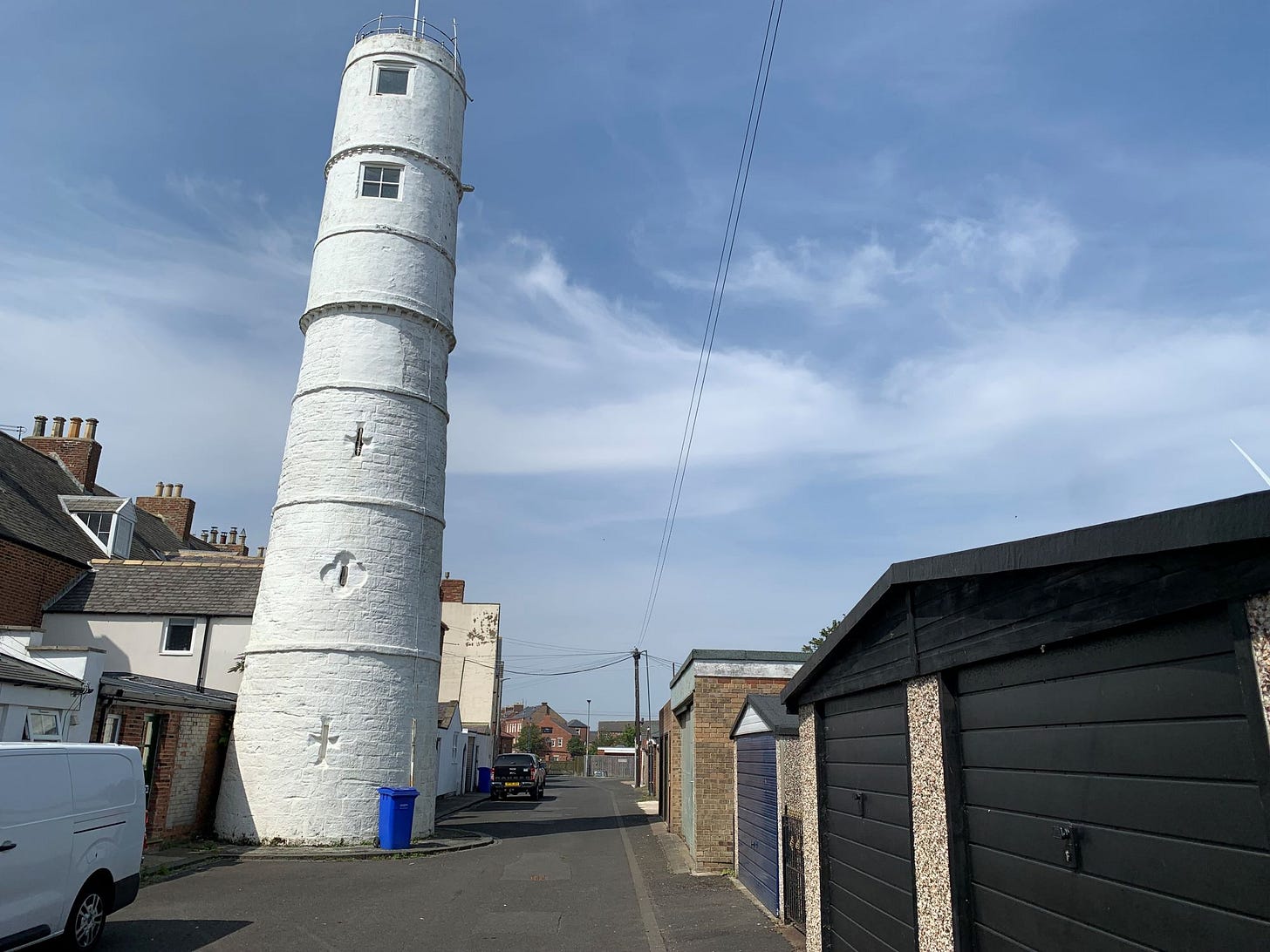
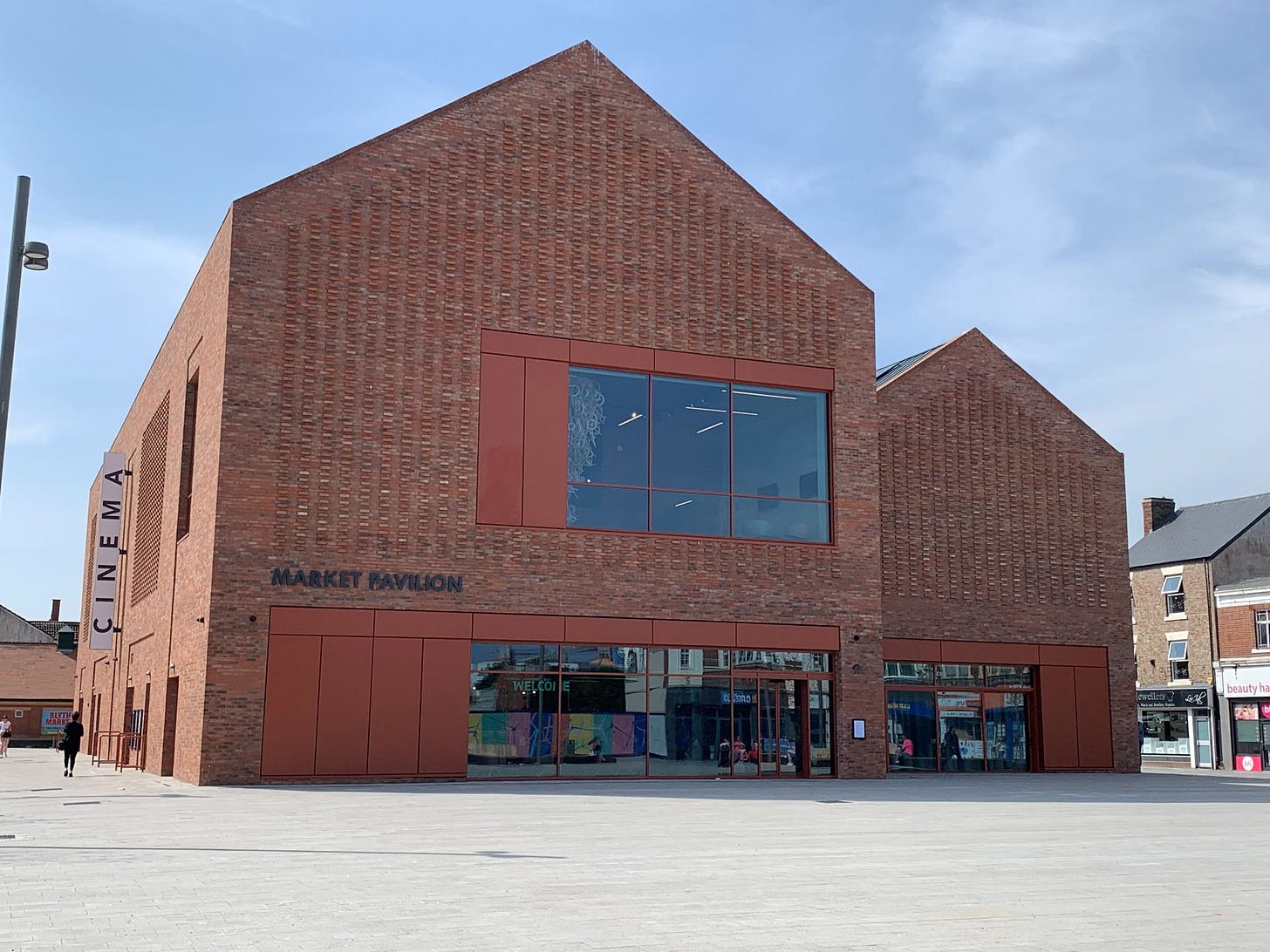
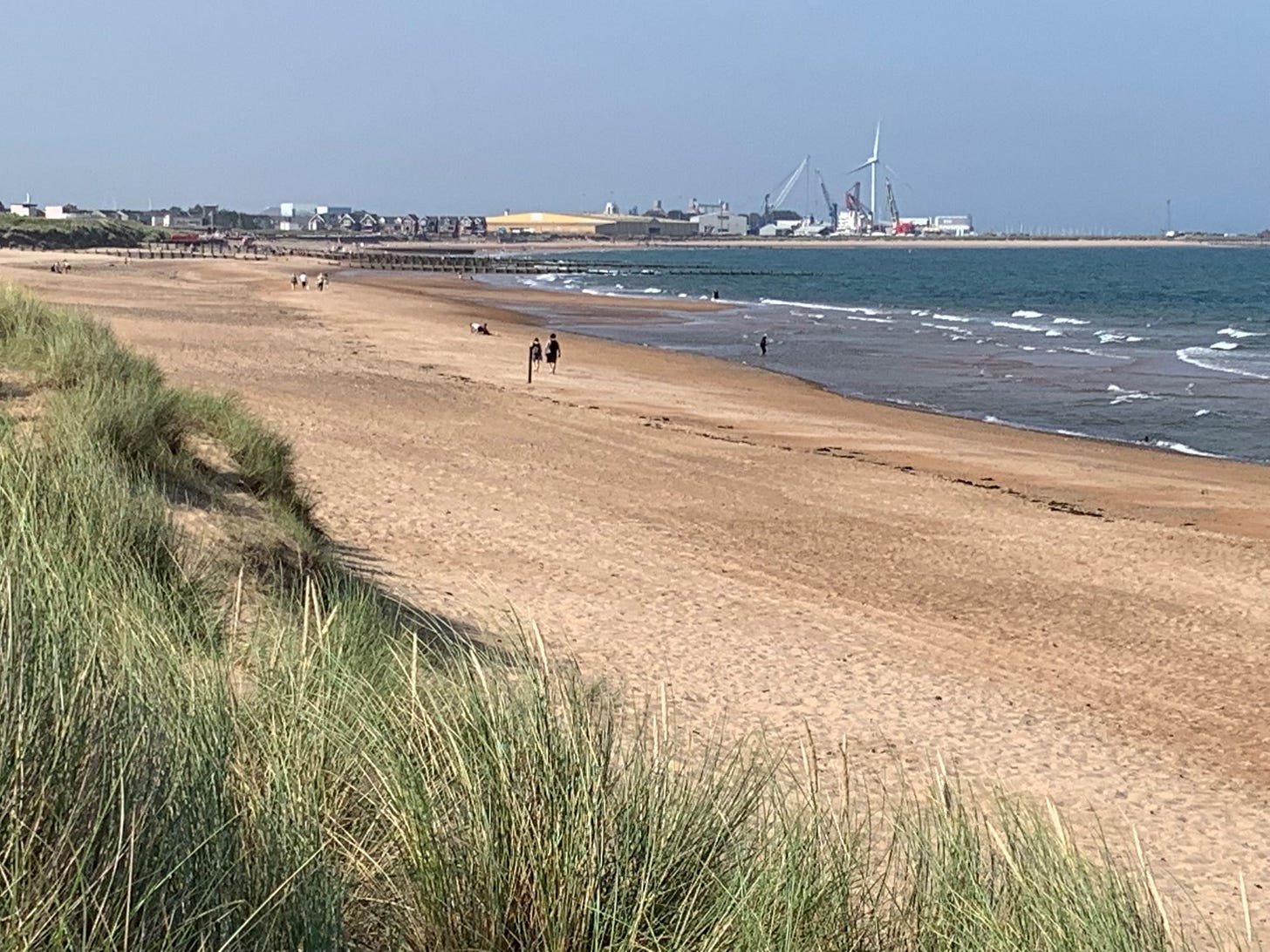
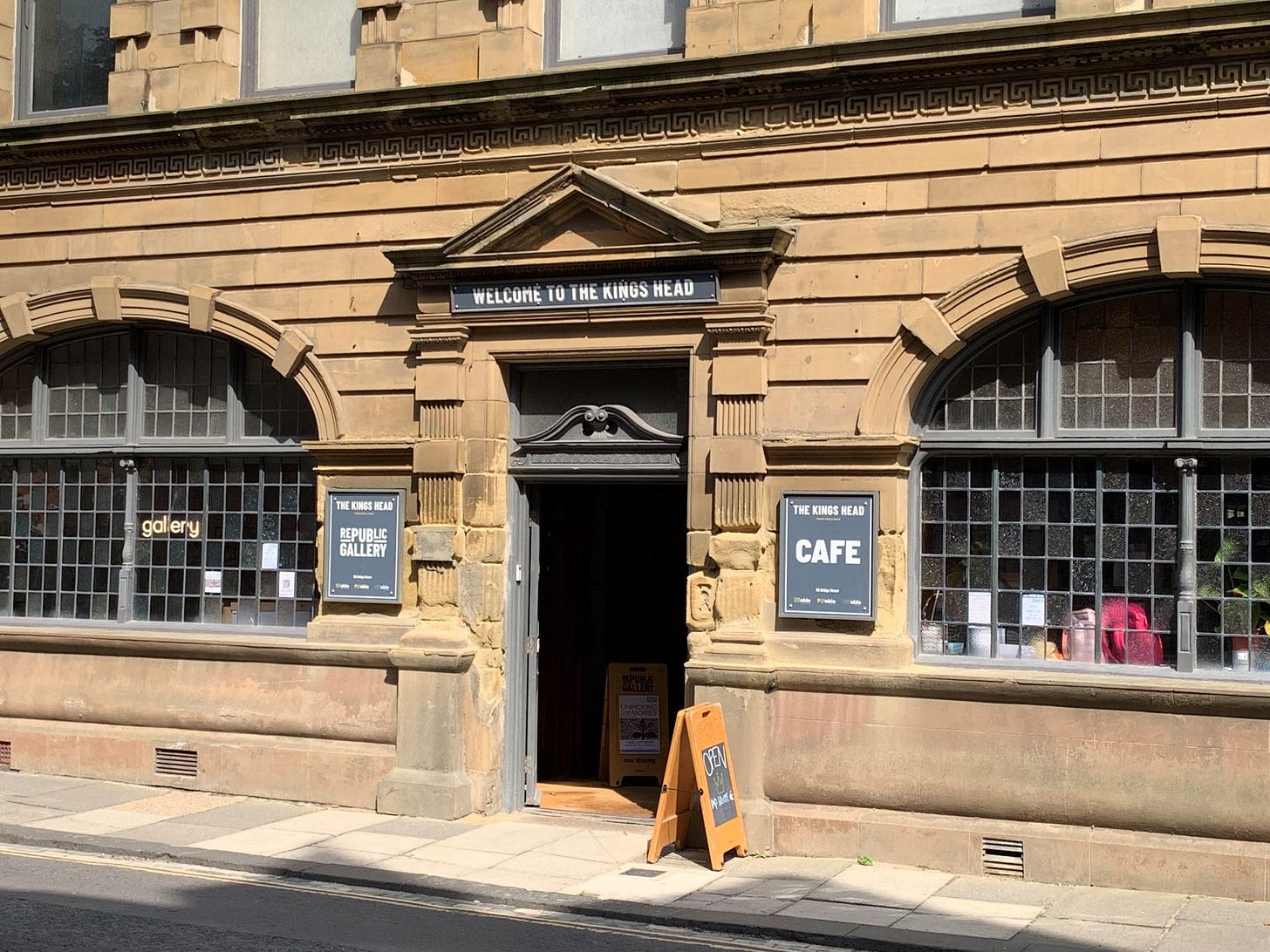
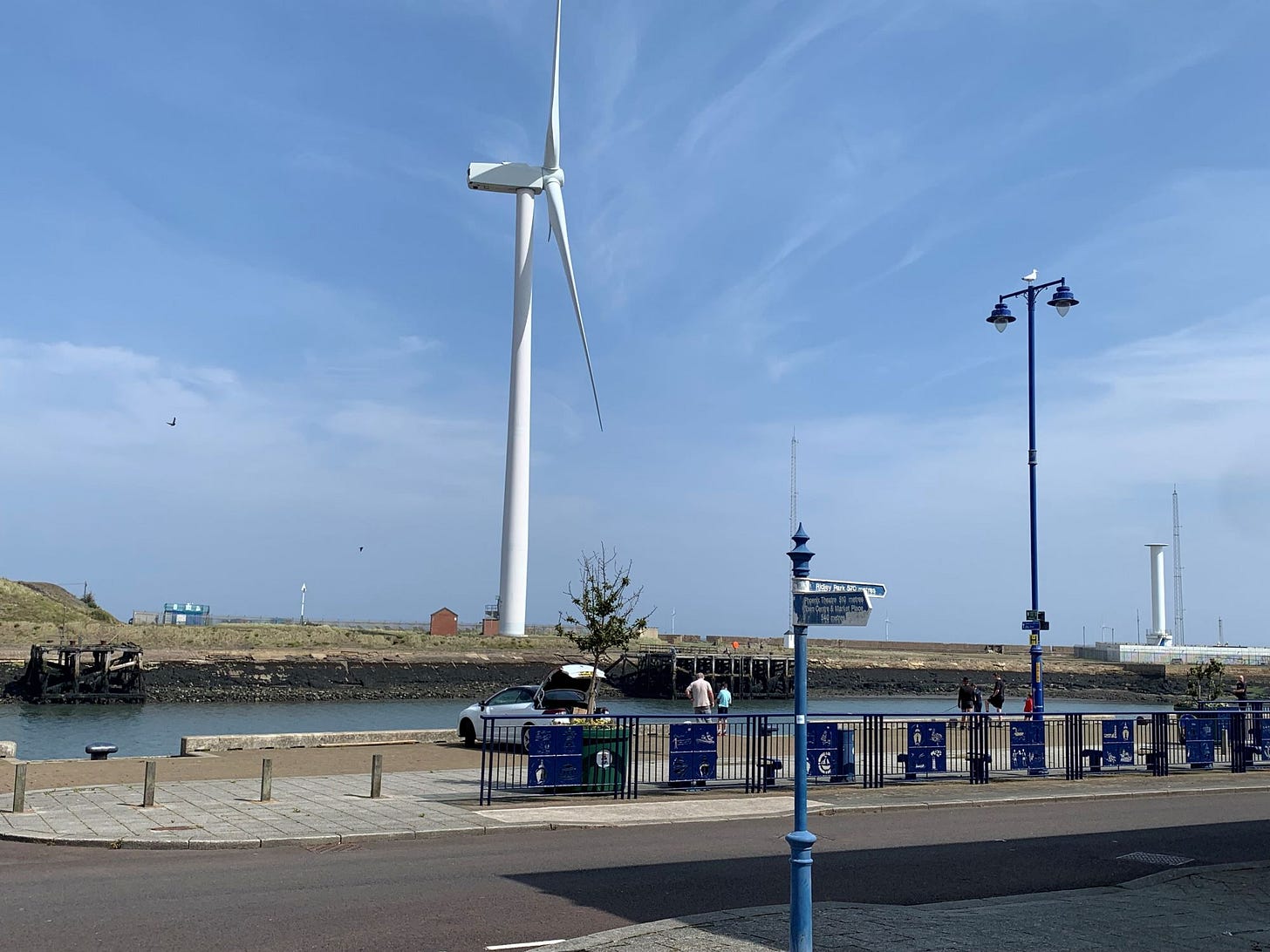
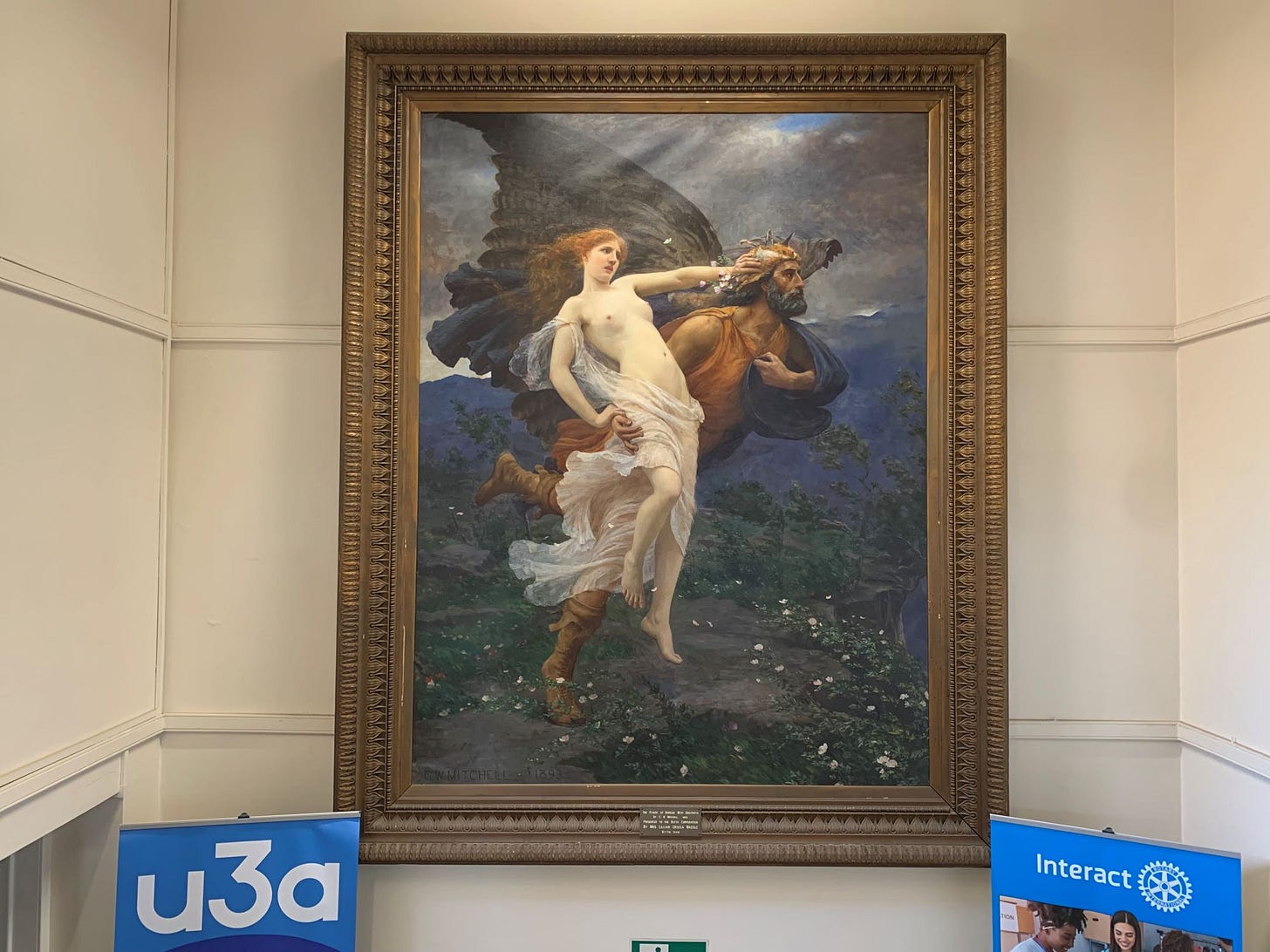
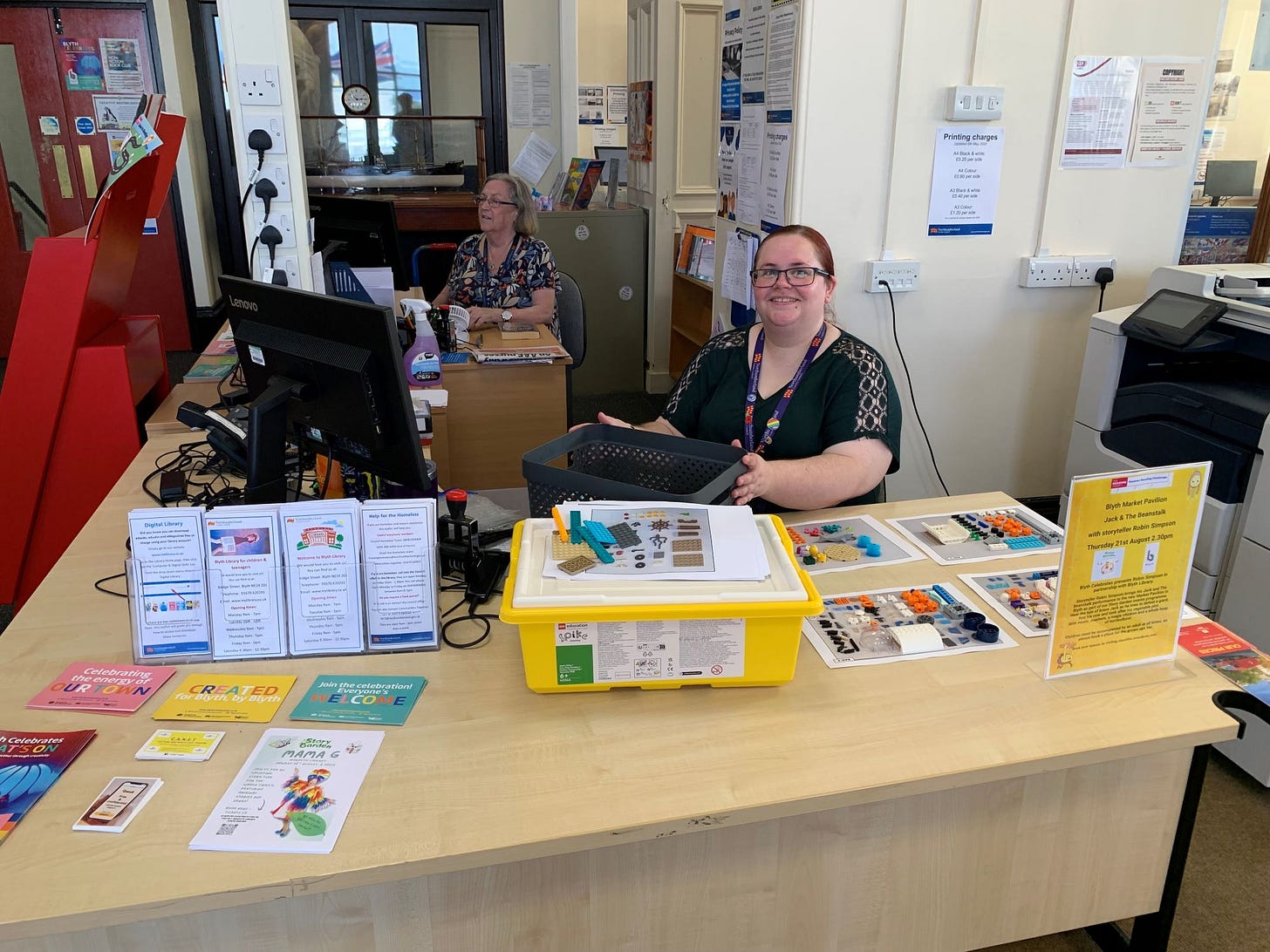
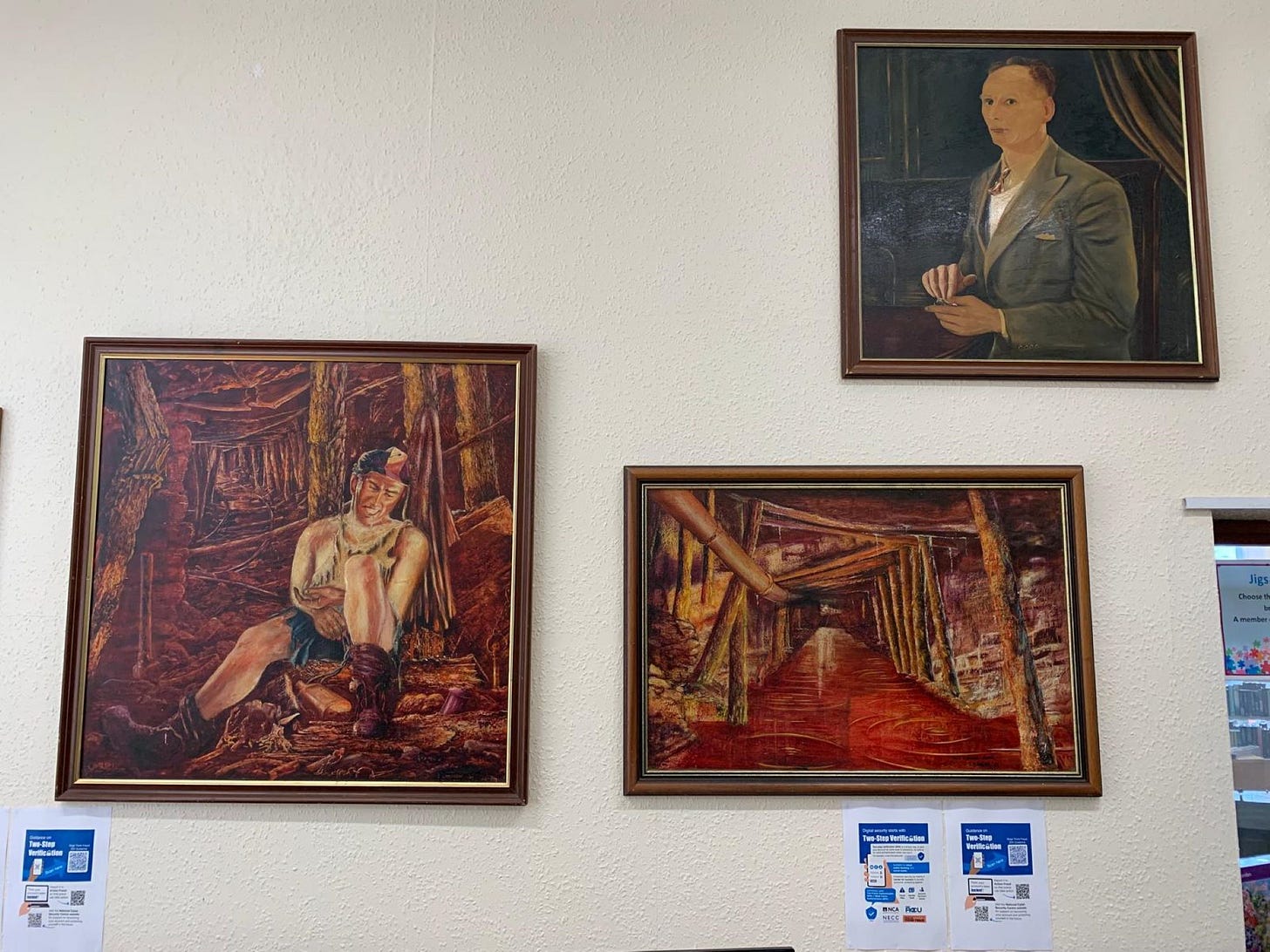
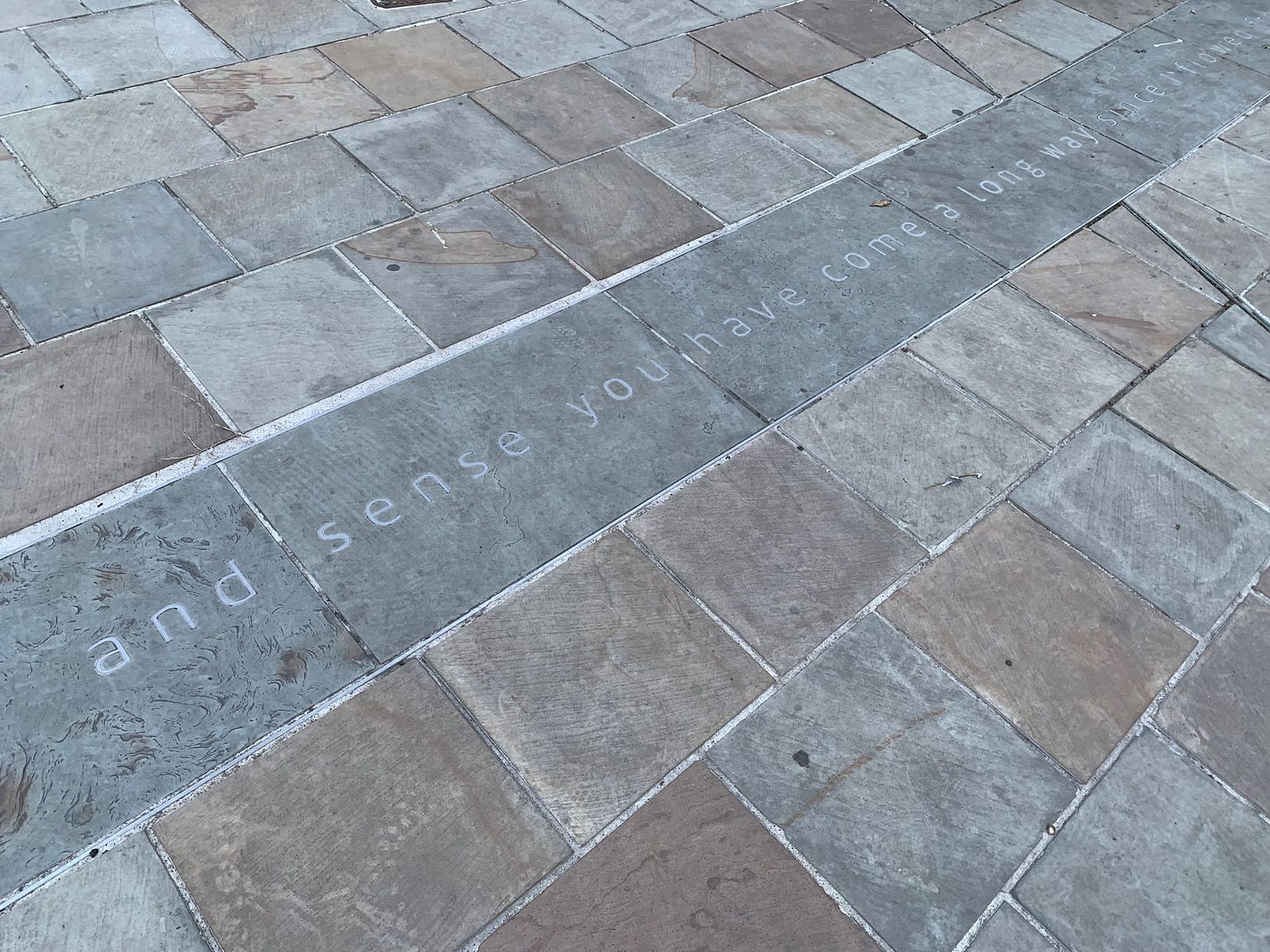
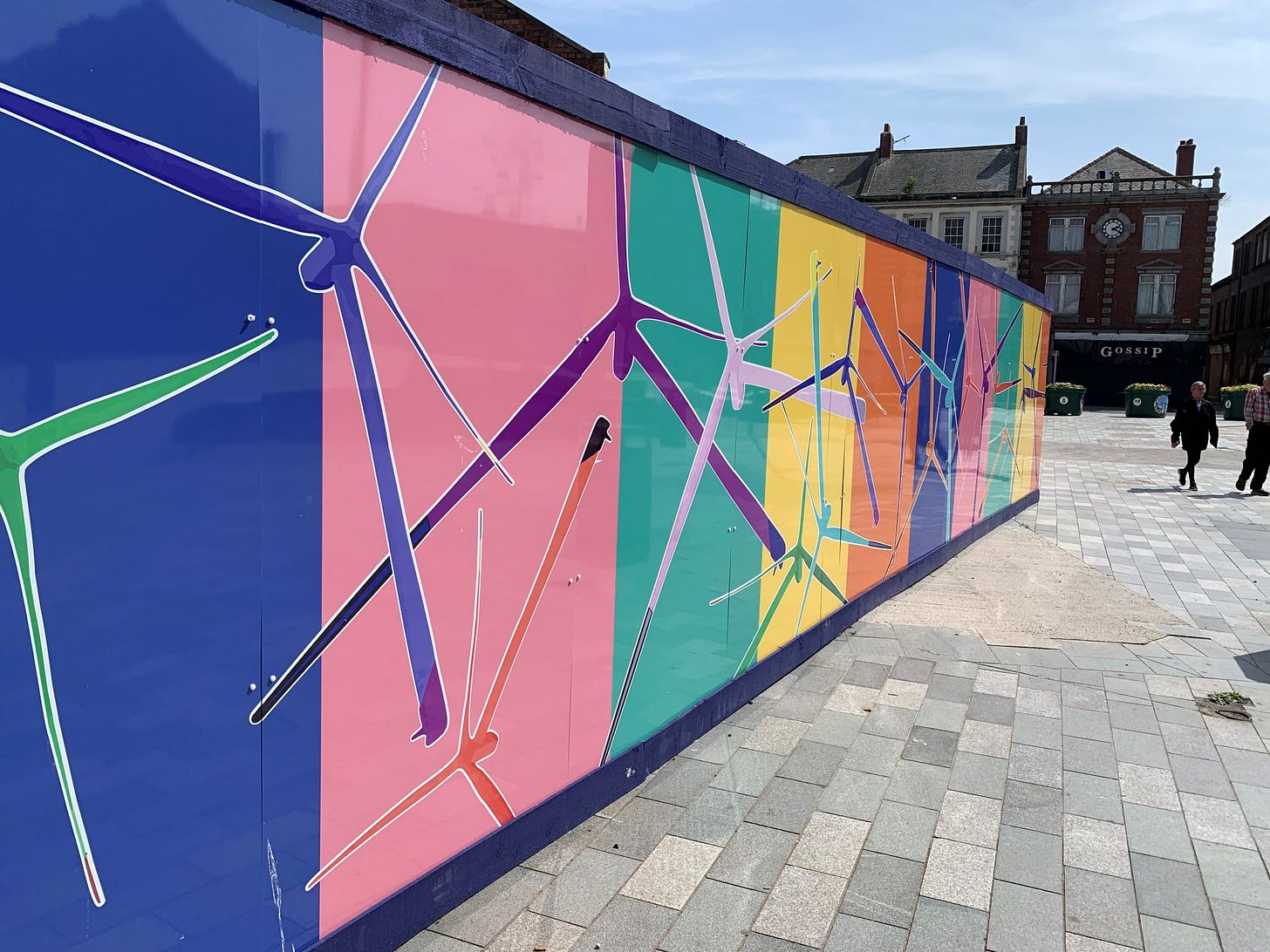
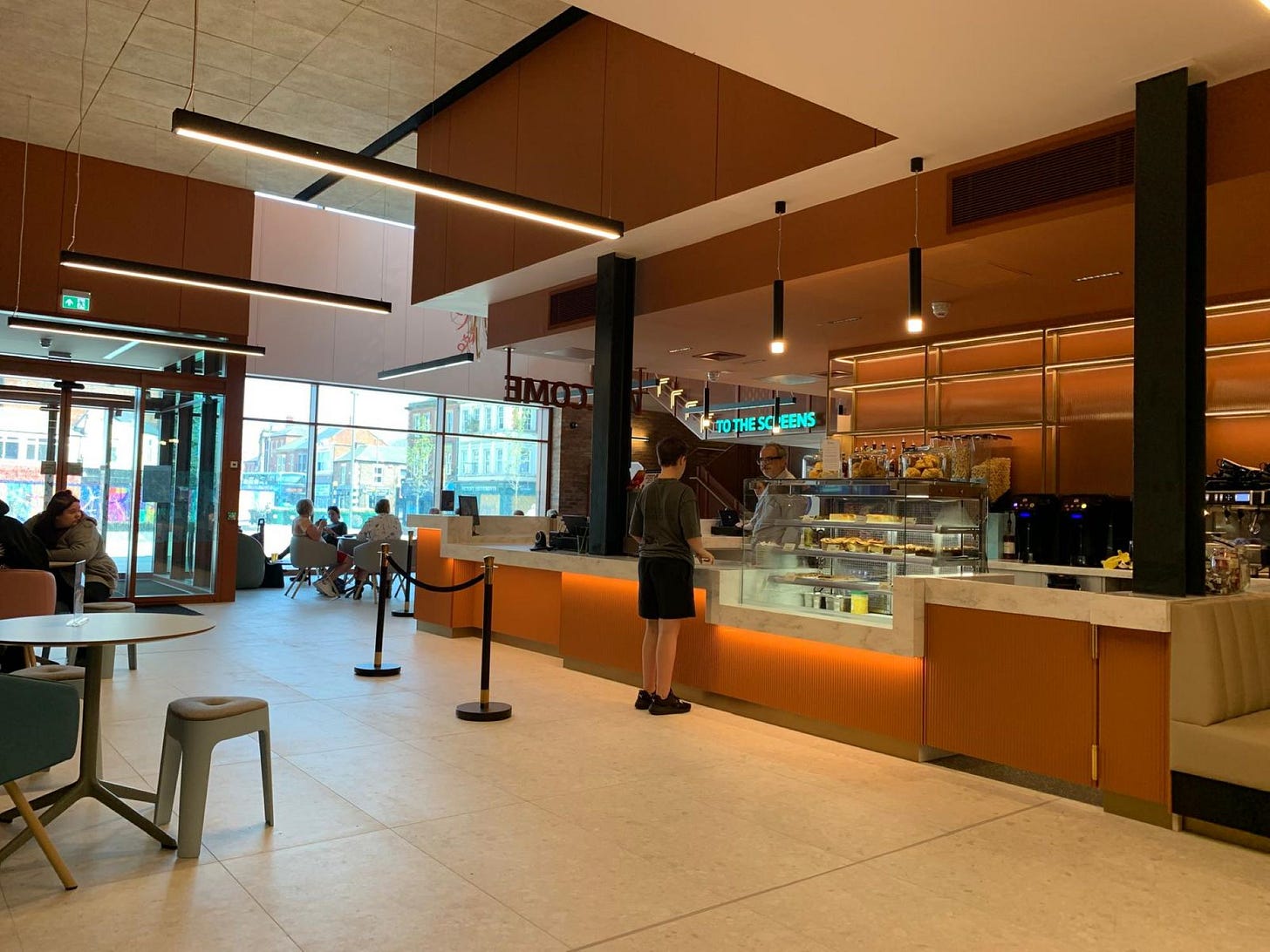
Headwayarts.co.uk
Big exclusion here. No mention here of Blyth’s existing arts and cultural centre Headway Arts, based in Blyth. A multi award winning international participatory arts organisation and Arts Council England National Portfolio organisation. Based in The Old Church on Waterloo Road and 400 yards from the market place. I’d be happy to give you the info that has been omitted.